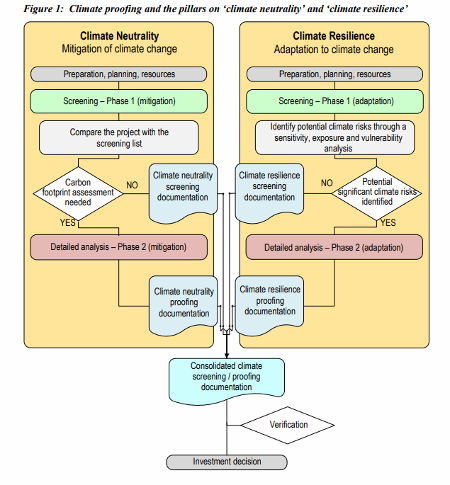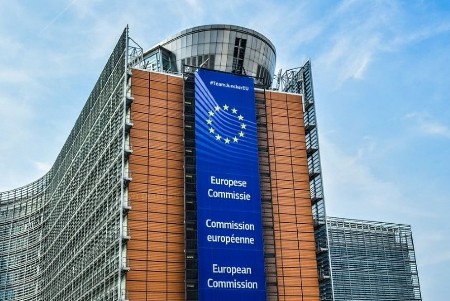The European Union (EU) in June approved a 55% greenhouse gas (GHG) emissions reduction target for its 27 member countries by 2030 based on a start point of 1990. In addition, this EU legally binding agreement stated it would eliminate GHG emissions entirely by 2050.
Described as “the law of laws,” it is intended to create sweeping changes to climate policy in all of its member nations and be Europe’s contribution to limiting global temperature increases to no more than 1.5 Celsius (2.4 Fahrenheit) to avoid what is increasingly being seen as a catastrophic future for humanity and the planet.
The law requires the EU to establish an independent body of scientific experts to advise on climate policies and to establish greenhouse gas budgets for all member states. This is needed immediately since current EU policies were set to meet the previous 40% emissions reduction target by 2030.
Following up on the June announcement has come new mitigation and adaptation guidelines in the form of technical guidance for climate-proofing infrastructure projects which was published yesterday. The new 100-page guideline covers EU-funded projects planned for the next six years.
Technical guidance is aimed at climate proofing. What is that? In the publication’s executive summary, it states, “Climate proofing is a process that integrates climate change mitigation and adaptation measures into the development of infrastructure projects. It enables European institutional and private investors to make informed decisions on projects that qualify as compatible with the Paris Agreement.”
What kind of infrastructure are we talking about? New builds including buildings, roads, water and wastewater, network infrastructure and more. All projects reviewed and considered for funding will be seen through a climate-resilient development lens. Guidance on infrastructure projects planned to have lifespans beyond 2050 also includes operational, maintenance, and decommissioning to ensure climate neutrality.
What I found interesting is the inclusion of two principles, one of which appears to have been adopted from the recent meeting of Nobel laureates that I virtually attended and wrote about in May. These principles are:
- Energy efficiency first.
- Do no significant harm.
The European Climate Law described at the beginning of this posting is intended to bind all member states to achieve the 55% emission reduction target by 2030. The EU’s lending and funding bodies following the technical guidance include:
- InvestEU
- Connecting Europe Facility (CEF)
- European Regional Development Fund (ERDF)
- Cohesion Fund (CF)
- Just Transition Fund (JTF)
In addition, the EU expects the private sector within its jurisdiction to follow the same guidance when making infrastructure investments.
Technical guidance looks at builds from a climate-proofing perspective including project cycle management, environmental impact assessments, and strategic environmental assessments. Two principled pillars are neutrality and resilience. Climate neutrality focuses on projects from a mitigation perspective. Climate resilience looks at projects from an adaptation perspective. The illustration below provides a broad outline of what these two principles entail.

Today much of Europe’s infrastructure was designed and built years ago. Although the guidance isn’t meant to govern this legacy, it nevertheless will influence the operational, maintenance and decommissioning of such assets.
Climate vulnerability and risk will require every infrastructure project to go through a stress test looking at each from the perspective of the goals laid out under the Paris Climate Agreement of 2015. And with COP26 in November in Glasgow, Scotland, and a United Nations’ climate change update due before that meeting, technical guidelines may further be enhanced.
















